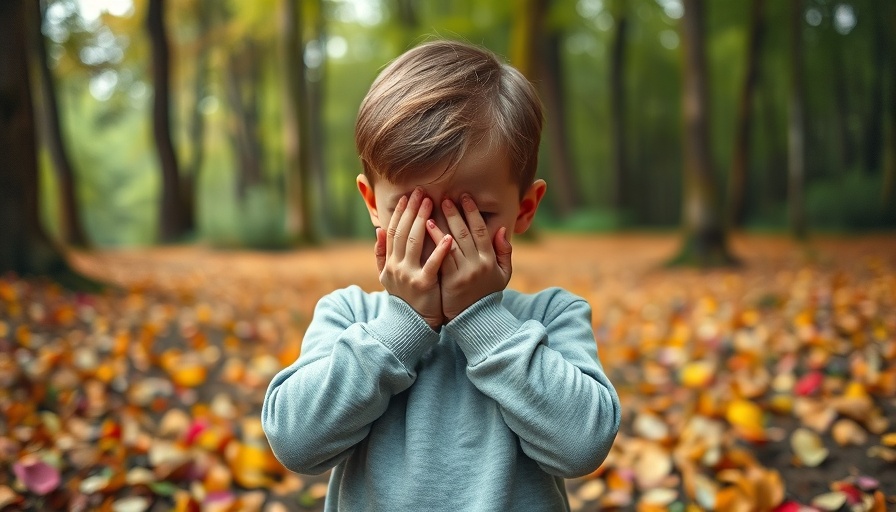
Understanding the Risks: The Hidden Dangers of Toys
As the holiday season approaches, excitement fills the air as parents search for the perfect gifts for their children. However, amidst this joy lurks the sobering reality of dangerous toys that can pose serious health risks. According to the Consumer Product Safety Commission (CPSC), nearly 1.6 million toys deemed unsafe were seized in 2024 alone, including items with dangerous lead levels and choking hazards. In this article, we will explore the significance of toy safety and practical tips for parents to navigate the often murky waters of toy purchasing.
The Importance of Toy Safety Standards
The best way to ensure a child’s safety is to pay attention to product safety standards. In the European Union, toys are required to carry the “CE” mark, which signifies compliance with the established safety standards. Unfortunately, the absence of mandatory testing means that the onus falls on parents to verify whether toys meet safety regulations. Toys must be age-appropriate, free of small detachable parts, and constructed from non-toxic materials, especially for children under three, who are more prone to choking accidents.
Common Myths: Dispelling Toy Safety Misconceptions
Many parents believe that a toy's popularity guarantees safety. However, toxic materials and choking hazards can lurk in seemingly harmless toys. For example, a report from W.A.T.C.H. (World Against Toys Causing Harm) pointed out that toys such as water beads can expand when ingested, leading to choking incidents. Toys marketed under beloved brands can still pose risks, underscoring the necessity for vigilance regardless of brand reputation.
Identifying Risky Toys: The CPSC’s Insights
The CPSC reports indicate that the most common injuries related to toys involve choking, drowning, or blunt-force trauma. Notably, items like non-motorized scooters accounted for over 20% of toy-related injuries. This serves as a reminder to check for recalls and watch out for top safety risks, especially during busy online shopping seasons.
Online Shopping: A Double-Edged Sword
Online shopping offers convenience but can also expose consumers to substandard toys that slip through safety regulations. The CPSC’s 2023 findings highlight the need for caution, as toys purchased from unknown sellers or unauthorized retailers may lack proper compliance with safety standards. Be on the lookout for toys sold direct-to-consumer without traditional oversight as these may increase the risk of receiving dangerous items.
A Call to Action: Being a Vigilant Consumer
As informed consumers, we must consider the following when shopping for toys:
- Research Sellers: Stick to reputable brands and platforms. Research unfamiliar sellers before making a purchase.
- Look for Safety Certifications: Verify that the toys meet appropriate safety standards, ideally checking for the CPSC approval mark.
- Inspect After Purchase: When toys arrive, inspect them for defects or hazards, such as small parts.
- Stay Informed: Regularly check resources like the CPSC’s website for updates on recent toy recalls.
By being vigilant, parents can help ensure that holiday joy is not overshadowed by potential safety hazards associated with toys.
The Role of Community Awareness
Lastly, awareness must extend beyond individual shopping. Engage in community efforts, such as workshops or discussions about toy safety, during parent-teacher meetings or local events. The more knowledge circulated within a community, the better equipped everyone will be to handle potential hazards safely.
Conclusion: The Responsibility We Share
As parents, we hold the responsibility to safeguard our children from the risks associated with dangerous toys. By staying informed about safety standards, investing time in research, and spreading awareness, we can ensure that all children enjoy a safe and happy playtime. Visit CPSC for safety updates and toy recalls that can help keep our children safe this holiday season.
 Add Row
Add Row  Add
Add 




 Add Row
Add Row 

 Add
Add
Write A Comment